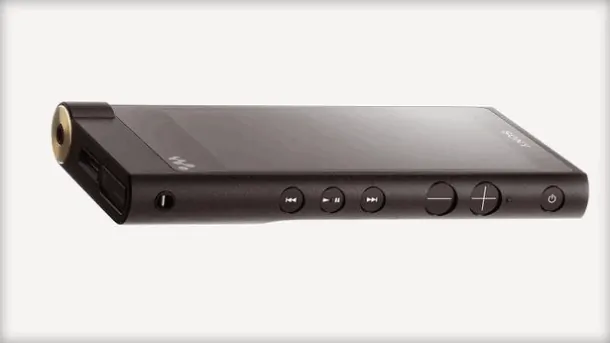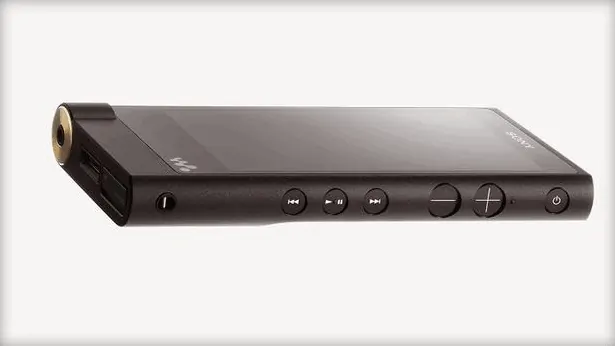
$1,100!? For a glorified MP3 player!?
In the words of James Bond, you must be joking!
Sony, though, is dead serious. This week the company famous for liberating our music listening world in the 1980’s with the introduction of the cassette-based Walkman, resurrected the brand and unveiled an all-new Android-powered high-res audio player at CES in Vegas.
Unlike another high-res audio player garnering headlines, Neil Young’s Pono, Sony opted for a premium pricing strategy. Is the Walkman really worth almost three times that of the Pono which sells for a comparatively modest $399?
Though I haven’t tested either player, the answer is most likely no. With FLAC and lossless file support and 192 kHz/24 bit support I’m sure the new Walkman will sound good. $1,100 good? I’m not so sure. So how is Sony going to get away with selling this thing? Are there that many die-hard audiophiles willing to forgo the convenience of a high end smartphone/app combo and instead carry a wickedly expensive, dedicated music player?
I think the answers are related to something we see all the time in the auto industry:
The Halo Effect.
The Walkmak ZX2 is a halo product, and Sony is treating it that way – with a price and marketing campaign to match.
If Sony had priced the new Walkman, say, the same as the Pono (its most obvious competitor), I doubt it would generate as many headlines–$1,100 Sony Insanity!!–and reactions on social media.
Car manufacturers do this all the time. The likes of Audi, BMW, Lexus, Mercedes, Porsche, and Ferrari unveil, typically at car shows, high-end, very limited performance models that virtually no one will ever own. Because these concept cars feature every bell and whistle and every single technological gizmo possible, they generate tremendous buzz (and lust). They’re also seen as bellweathers of what’s to come in future, mainstream models. Trickle down technology means that futuristic dual-clutch transmission of just a few years back can become commonplace and eventually be offered even on a Volkswagen.
Apple has done this well too. Think of “Retina”. Apple emphasized its high-resolution display, first with the iPhone 4 in 2010, and then later across the MacBook range. What exactly is Retina? We know it means higher resolution, and, therefore, probably better readability and photo/video viewing experiences. But isn’t it just HD, or, in 2015, maybe 4K? Possibly – but Apple chose to market “Retina” as a differentiator. Yes, Samsung might have HD, but they certainly don’t have Retina. It was a marketing triumph. Though the competition has caught up, and in many cases surpassed what Apple touts as a Retina quality panel, the moniker is etched in the minds of the buying masses.
I’m not so sure what Sony is doing with the new Walkman is exactly identical to that, but it is similar in that it almost certainly associates the concept of a “premium” music player with the company, if for no other reason than its ridiculous price. And, we absolutely know that this Android-based device (it even runs an old version of Android) could be easily be made for far less than what Sony is charging – this is anything but a cost-based approach, again emphasizing Sony’s desire to pursue a halo effect.
By pricing the ZX2 model at $1,100, Sony leaves the door open to introduce a lesser prices model suitable for the mainstream.
When that happens, just like when we saw a 10-gear, dual-clutch gearbox trickle down from a concept car to a VW Golf, we might even feel privileged to have such amazing technology available to us for a swan song.
Many tech blogs are hyper-focused on the price of the new Walkman. And I suspect that’s exactly the game Sony is playing. We’re feeding right into their psychological plan of relativity-based halo marketing. Just wait for the next model to come out for “only” $399. We’re going to raise our arms up and declare it the bargain of the century!


